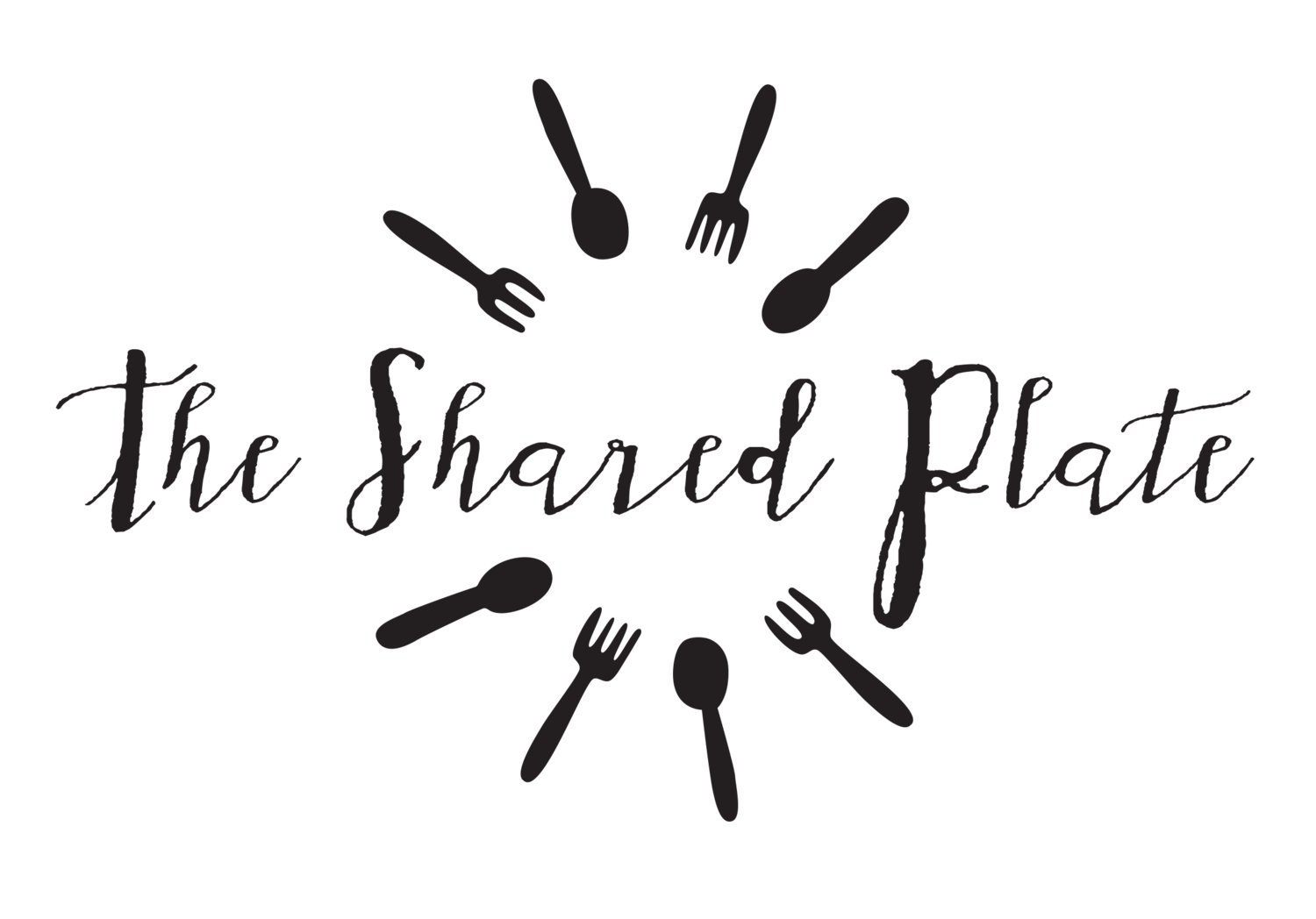When I was eight years old, a neighbor invited me over for a meatloaf dinner. I had no idea what to expect but he quelled my fears by telling me I could eat as much ketchup as I wanted. Having that meatloaf was a revelation. To my inexperienced palette, it was a burger patty unencumbered by the bun and vegetables. The transparent mashed potatoes from a box didn't require chewing, and I loved every fluffy mouthful. After that dinner, I was no longer satisfied with the Korean meals that were prepared by multiple hands in my home. I craved ketchup and not anchovies. I wanted a moulded meat patty not a pan-fried fish, with it's shriveled and cooked eyes looking sideways at me. Why did I have to eat vegetables seasoned with sesame seed oil when other kids got to eat mashed potatoes?
I begrudgingly ate the Korean food that was prepared in my childhood home, but I didn't come to love Korean cuisine until my mom opened a restaurant (RIP "The Rock"). I waited tables in the restaurant every weekend from 16 years-old until it closed when I was 27, and it was over those 11 years, that I understood how special Korean cuisine is and how hard my mom worked to provide for me. (You're the best, mama! Happy belated Mother's Day!) Korean food is complex, in that a Korean meal includes a myriad of textures, temperatures, and an enormous variety of foods. I'm sharing two of my favorite recipes from my mom's restaurant kitchen with you. They share ingredients to simplify your shopping, and they really compliment each other for a balanced and delicious meal.
I'm glad that I have come to my senses and now appreciate Korean food wholly in the wisdom of advanced age. Eating Korean food connects me to the love and care that surrounded me as a child. My hope is that my children learn to appreciate and love the cuisine of my family as they grow too.
Follow us to the recipes:
Korean Green Onion and Seafood Pancakes (Pa Jun)
Korean Soft Tofu Stew (Soondoobu Jjigae)
